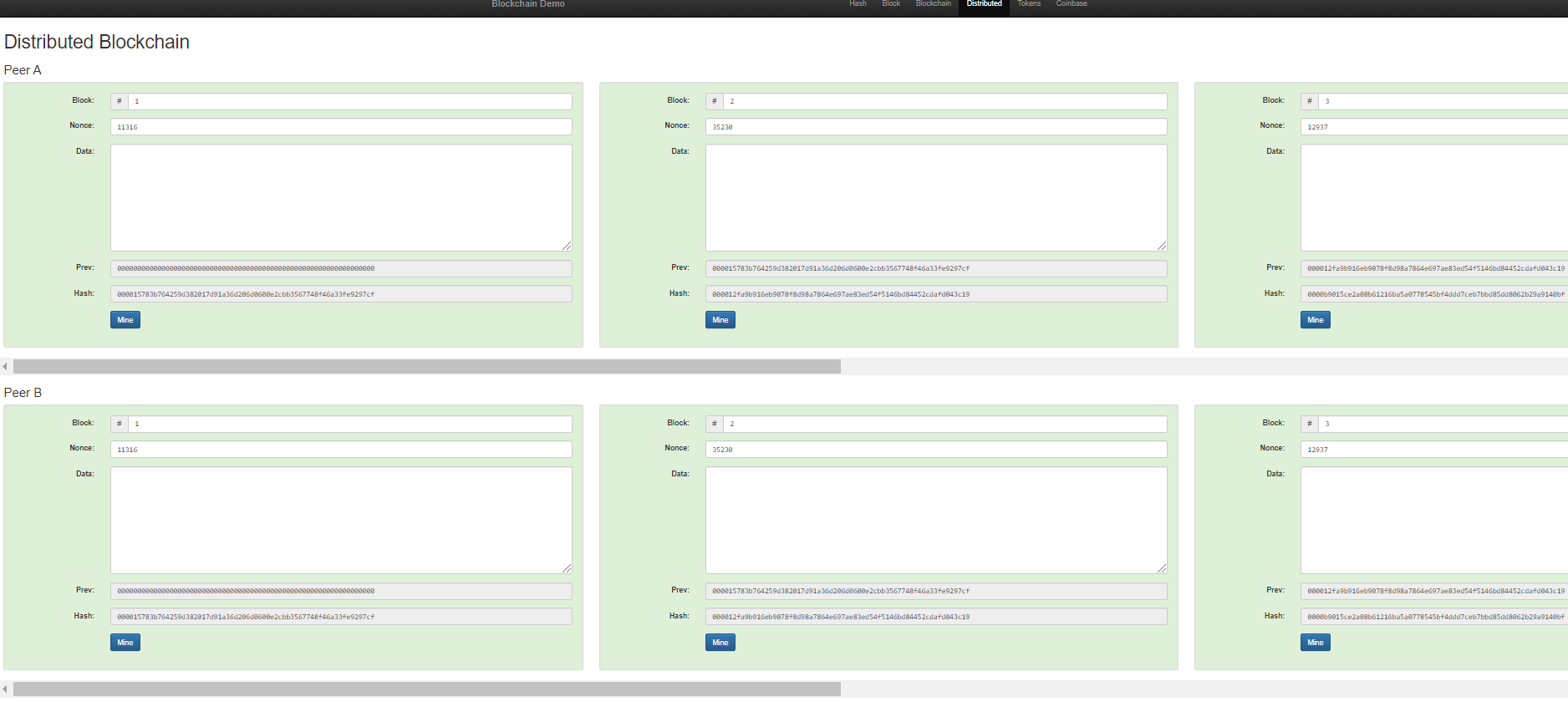I would like to share with you a little something that I think has been very helpful over the last few years. It is about the way I explain this technology to other people who have never had any contact with the topic of blockchain. I have applied this explanation in over 5 talks and the feedback from people has been quite positive. Even people who already knew what a blockchain was and how it works said that the didn't know a better example until now.
But: since there are some Tekkis on here, I have to clarify the following:
The explanation is probably meant more for people who really have little experience with the matter and are not really familiar with the technical field either, that is, have no idea about databases and the like. If you are one of these people, or know someone who belongs to this group, you should read on.

Do you know the game "I pack my bags and take with me"?
Because this game serves as the basis for my explanation. In the following I would like to give you a relatively detailed account of how I do it:
I ask (depending on the number of spectators) 3-4 participants to play the game "I pack my suitcases..." with me and at the same time I ask all participants to imagine that they are computers, which are at home in one and the same network. So far I didn't have to explain the game itself, because all listeners knew what is meant by "I pack my suitcases".
I ask the first active participant to start. So he starts the game, the other participants follow:
A: "I'm packing my suitcase and I'm taking with me: A toothbrush"
B: "I pack my suitcase and take with me: A toothbrush & a shirt"
C: "I am packing my suitcase and taking with me: A toothbrush, a shirt & a pair of sunglasses"
Now it's my turn, my goal is to first generate an "um" from the participants and then build on that to come to a realization. So I continue the game:
Me: "I pack my suitcase and take with me: A toothbrush, a wallet, sunglasses & a hat."
The reaction of the audience has always been different, yet at the core it is the same. There is a "That's not true!" from the crowd.
And this is exactly the reaction I am waiting for.
For now I say that this is quite true and recall the hint from the beginning to imagine that you are a computer and part of a network. I explain that each person's statement represents information that is fed into a chain as a block. The first block in our example is "toothbrush", the second block is "shirt". But the second block also contains information about what is in the first block and so on. We can now understand what information is valid within the blockchain. This is because all network participants, both active and passive, monitor the transfer of information, or better, validate the blockchain. If an incorrect value is entered, or the previously entered data is changed, this is detected within the network and the "bad actor" is excluded. In our case, the audience looks irritated or shouts directly in "Haha, wrong!".
In this way, I am able to bring the concept behind blockchain technology to my audience quite easily, without them needing any technical know-how. The audience's insight provides me with the opportunity further down the line to go into an example of a blockchain and use that to get a piece of the technical direction. For this, I make use of the following website:
https://andersbrownworth.com/blockchain/distributed
Here are some emulators available that allow me to build on the "I'm packing my bags" experience. I explain to the participants what a peer is, how to ensure the correctness of a block and the sequence of each block, and how this information is distributed within the network.
I then structured my presentations variably depending on the audience. However, this introduction has always been part and has been very well received overall, at least this was carried to me.
Maybe you will be in the situation to explain blockchain to someone who is just able to boot and shutdown his own computer. In this case, feel free to use my example and tell me afterwards if this explanation helped your counterpart.
The author signs off and wishes you a good start into the week!

If you did not hear about it yet - Join the #Cryptohunt and solve this riddle to find the 800 lost HIVE.
Michael Saylor's 15.000.000 USD BTC prediction
Global Cryptocurrency Adoption Index 2020: Look at Russia
What a bonsai tree has in common with financial success
Winklevoss: BTC 500k - Where does this prediction come from?
Posted Using LeoFinance Beta

Very nice explanation, I will definitely use it when next I'm trying to educate someone or people about a Blockchain. I didn't first follow the idea until I got to the middle and realised oh wow, makes sense, then I went back to the beginning to read again. Really nice, removes all the technicality.
Posted Using LeoFinance Beta
Remember to leave another comment, after you used it ;)
Sure I will
Posted Using LeoFinance Beta